Ruth Morgan is on the case of incorrect court rulings
In July, the World Economic Forum unveiled its annual list of the world’s 21 brightest scientific minds aged under 40. That list includes Ruth Morgan, director of the University College London Centre for the Forensic Sciences, the world’s first interdisciplinary forensic science unit dedicated to reducing miscarriages of justice.
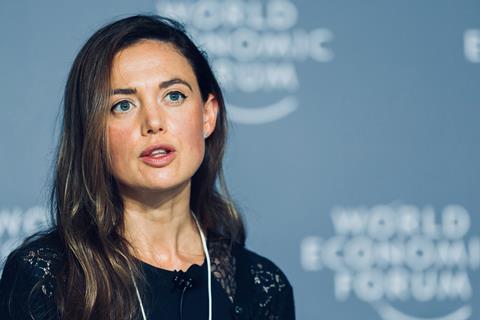
Morgan doesn’t shy away from the notion that her discipline is in crisis, or the belief that many forensic techniques are unjustifiably treated as gospel in court cases. Her interest in misinterpreted evidence began during her doctorate degree at the University of Oxford, where she studied how geoscience techniques can help to detect crime. Working in the field since then, Morgan soon realised that most research has focused on establishing new, increasingly accurate techniques that can collect as much information as possible. ‘What’s ironic is that by doing that, we’ve ended up in a position where the interpretation of evidence becomes more of a challenge,’ she says.
Misreading the signs
It’s been a decade since forensic science took a major hit from an influential report from the United States National Academy of Sciences (NAS), which highlighted, among other problems, the issue of misinterpretation of forensic evidence. The publication of the report was a significant moment for Morgan. ‘That was a great confirmation that the direction in which I was taking forensic science research at UCL was addressing a very current need.’
Strengthening the existing system is not sufficient to address the crisis … holistic reform is needed
Ruth Morgan
The report resulted in a shift towards higher scrutiny of forensic evidence. Peter Neufeld, co-founder of the Innocence Project, a non-profit that uses DNA testing to exonerate wrongly convicted people, says the NAS report has ‘freed innocent people and saved lives’. To date, 365 people in the US have been exonerated as a result of DNA analysis, 44% of which were convicted as a result of ‘misapplication of forensic science’.1
The report resulted in a shift towards higher scrutiny of forensic evidence. Peter Neufeld, co-founder of the Innocence Project, a not-for-profit organisation that uses DNA testing to exonerate wrongly convicted people, says the NAS report has ‘freed innocent people and saved lives’. To date, 365 people in the US have been exonerated as a result of DNA analysis, 44% of whom were convicted as a result of ‘misapplication of forensic science’.
Although the problem of misinterpreted forensic evidence is a big one, the issue has attracted little funding worldwide. Morgan and her colleagues are one of only a few teams aiming to shed more light on the problem. In a study published last year, they looked at nearly 1000 cases at the Court of Appeal where forensic evidence was used to incriminate people in English and Welsh courts between 2010 and 2016.2 They found that the evidence had been misinterpreted in 22% of the cases.
Although the problem of misinterpreted forensic evidence is a big one, the issue has attracted little funding worldwide. Morgan and her colleagues are one of only a few teams aiming to shed more light on the problem. In a study published last year, they looked at nearly 1000 cases at the Court of Appeal where forensic evidence was used to incriminate people in English and Welsh courts between 2010 and 2016. They found that the evidence had been misinterpreted in 22% of the cases.
But Morgan thinks this figure is only the tip of the iceberg. In 2015, the US Federal Bureau of Investigation (FBI) conducted its own study, looking at 268 cases where someone was found guilty of a crime using hair evidence. It found that the forensic evidence was misinterpreted in 96% of those cases.
More recently, Morgan served as a special advisor to the UK House of Lords inquiry into forensic evidence, which concluded in May this year that the field is becoming dysfunctional due to cuts in budgets, confusing regulations and the growth in computer-based and other digital evidence. Morgan is disappointed that the UK government’s response to the inquiry does not acknowledge the importance of foundational research and the lack of funding for the field. ‘Strengthening the existing system is not sufficient to address the crisis,’ she says; instead ‘holistic reform is needed’.
Upping its game
The forensic sciences are ‘undoubtedly a technological success story’, Morgan said in a TED talk last year, as there are now techniques that can identify people from smaller traces of material (such as hair, fabric or DNA) more quickly than ever before. But the problem, she went on to note, is that it’s difficult to determine when certain materials got there, and how.
That’s important because it’s possible to test positive for gunshot residue without ever firing a gun, just by coming into contact with a person who has recently used firearms, or even through touching the same object as them or sitting on a seat they sat on. Tracing this transfer history is a puzzle Morgan and her team have been working on.
‘Work being undertaken on the individual microbiome is showing real potential for discriminating between individuals,’ Morgan says. While emerging technologies alone won’t solve the problem, they will provide greater insights into the context in which events take place, and make it easier to distinguish between the primary, secondary and tertiary transfer of materials.
Overall, Morgan is optimistic about the field’s future, noting that a greater dialogue about the challenges facing the field is more likely to spark changes. As well as improving current practices around interpreting evidence, she thinks the future will also bring forth more forensic techniques. Her team is even developing some: the group recently published a paper showing that perfumes and fragrances can be traced on fabrics,3 and it is looking into other potential sources of forensic material such as trace DNA and single-celled algae known as diatoms.
Overall, Morgan is optimistic about the field’s future, noting that a greater dialogue about the challenges facing the field is more likely to spark changes. As well as improving current practices around interpreting evidence, she thinks the future will also bring forth more forensic techniques. Her team is even developing some: the group recently published a paper showing that perfumes and fragrances can be traced on fabrics, and it is looking into other potential sources of forensic material such as trace DNA and single-celled algae known as diatoms.
New techniques such as these will face greater scrutiny in light of the challenges facing existing methods. As Morgan says, ‘what we’ve learnt in the last 10 years is that science cannot always give unequivocal answers’.





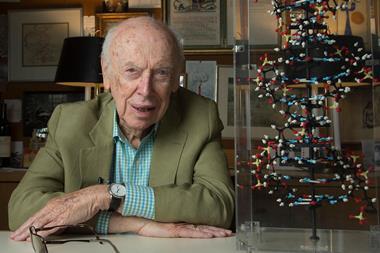

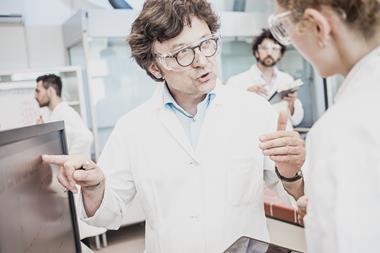

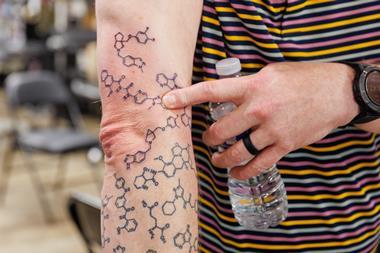
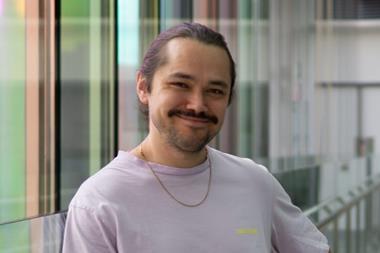

No comments yet